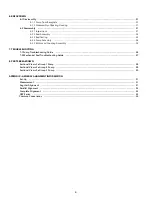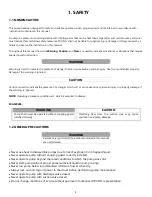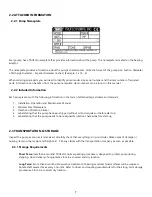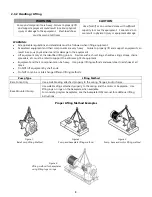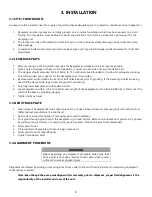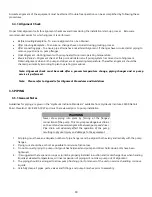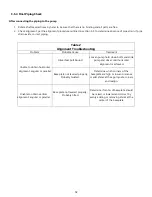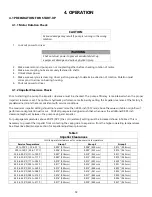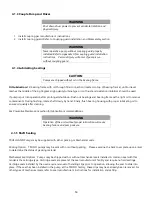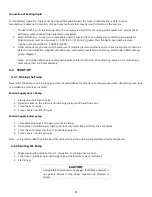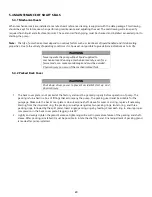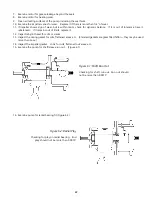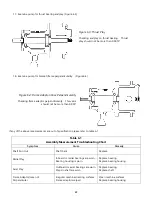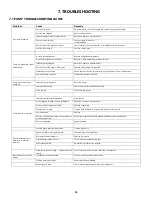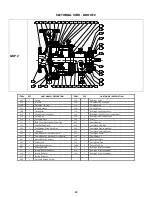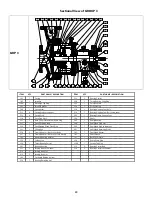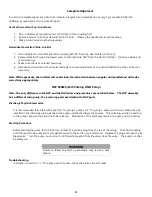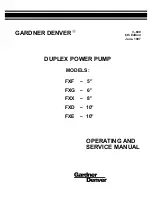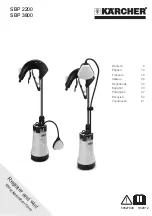
18
5. PREVENTIVE MAINTENANCE
5-1 GENERAL COMMENTS
A routine maintenance program can extend the life of your pump. Well-maintained equipment will last longer and require
fewer repairs. You should keep maintenance records; this will help pinpoint potential causes of problems.
5-2 MAINTENANCE SCHEDULE
5-2.1 Break In Period
Covered in section 4-3.2.
5-2.2 Routine Maintenance Summary
Bearing lubrication
Seal monitoring
Vibration analysis
Discharge pressure
Temperature monitoring
5-2.3 Routine Inspection
Check level and condition of oil through sight glass on bearing frame.
Check for unusual noise, vibration and bearing temperature.
Check for pump and piping leakage.
Check for seal chamber/back cover plate leakage.
Mechanical Seal: Should be no leakage.
Packing: Excessive leakage requires adjustment or possible packing replacement. Refer to Section 5-4.2 Operating
for packing gland adjustment.
5-2.4 Monthly inspections
Check foundation and hold-down bolts for tightness.
If pump has been left idle, check packing. Replace if required.
Oil should be changed at least every 3 months (200 hours) or more often if there are any adverse atmospheric
conditions or other conditions which could cause cloudiness or contamination of the oil as seen by inspection
through the sight glass.
Check shaft alignment and realign if required.
5-2.5 Annual Inspections
Check pump capacity, pressure and power. If pump performance does not satisfy your process requirements, and
process requirements have not changed, pump should be disassembled, inspected, and worn parts should be
replaced, otherwise a system inspection should be done.

